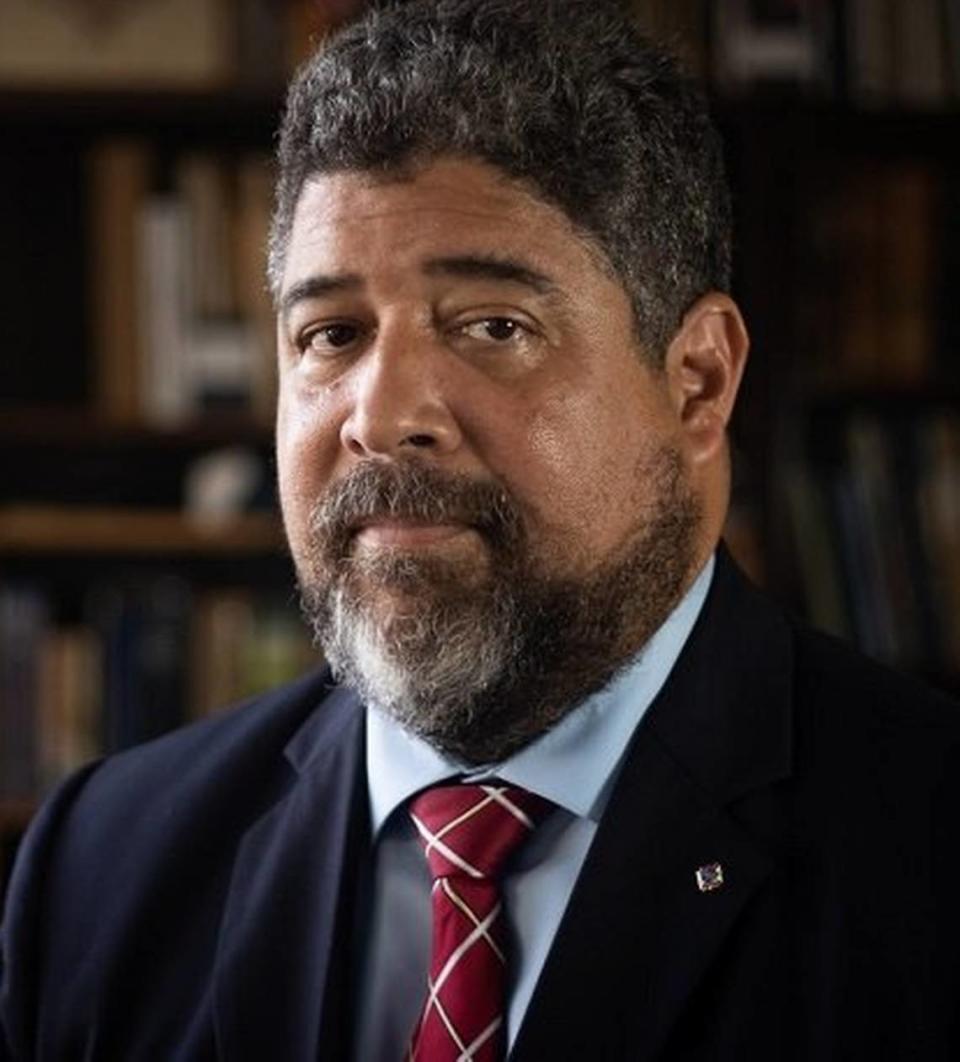History of Cuban spying and the harm done to the U.S. | Opinion
Victor Manuel Rocha is the latest Cuban spy sentenced for his crimes, but he’s far from the first captured in the U.S. Since the early 1960s, the Cuban government has recruited dozens of agents or double agents. In all cases, the damage done to the U.S. and its security has been hard to gauge.
In Rocha’s case, he spent over 40 years spying for communist Cuba at the U.S. State Department, holding important postings in Latin America and in the National Security Council.
Later, he worked as a private consultant for the U.S. Southern Command in Doral, which oversees Cuba. The Associated Press reports that “Federal authorities have been conducting a confidential damage assessment that could take years to complete,” when discovered, much of it will remain classified.
Rocha was sentenced to 15 years in federal prison in April and fined $500,000.
Other spies have stolen U.S. intelligence that may have gotten Americans killed and engaged in influence operations to downplay Havana’s threat to the U.S.
Spying for Havana were Ana Belen Montes, who spent 17 years at the Pentagon in the Defense Intelligence Agency; Walter Kendall Myers, a high ranking analyst at the State Department who spent 30 years spying with his wife Gwendolyn; and Marta Rita Velazquez, a legal officer at the Agency for International Development, who recruited Montes.
Carlos Alvarez, a psychology professor at Florida International University, spent nearly 30 years with his wife, Elsa, spying on their community, and organizing trips for students to Cuba. Philip Agee, who worked at the Central Intelligence Agency, defected to Cuba in 1973 and outed 250 CIA officers and agents.
In addition, Castro’s spies, who pass themselves off as diplomats, operate in Havana’s embassy in Washington and at Cuba’s United Nations Mission in New York City. The Cuban dictatorship also sends illegal agents to spy and conduct active measures in America.
Havana’s WASP spy network infiltrated the United States to gather information on military installations and personnel, sow division among Cuban exiles, locate places to store weapons and explosives and terrorize then assassinate a CIA agent living in Florida with a mail bomb. They helped kill four in the Feb. 24, 1996 Brothers to the Rescue shootdown, and the network’s head Gerardo Hernandez was convicted of murder conspiracy.
These practices began in 1959. In 1961, the Soviet Defense Council gave Czechoslovakia orders to use Cuban intelligence to infiltrate existing drug operations in the U.S. and Latin America and to lay the groundwork for “recruiting” these independent activities. The former high-ranking Czech official Jan Sejna gave a detailed account of his meetings with Raul Castro, which he had on average four times a year between 1961 and 1968, the same year Sejna defected to the U.S..
After the State Department determined in January 1982 that Havana had armed the M-19 terrorist group in exchange for drugs smuggling to the U.S., Cuba was added to the state terror sponsors list on March 1, 1982
Four high-ranking Cuban officials were indicted by a U.S. grand jury for narcotics smuggling on November 5, 1982.
Rene Rodriguez-Cruz, Cuban Communist Party Central Committee member and president of the Cuban Institute of Friendship With The Peoples.
Aldo Santamaria-Cuadrado, a vice admiral in the Cuban navy and Cuban Communist Party Central Committee member.
Fernando Ravelo-Renedo, Cuban ambassador to Colombia..
Gonzalo Bassols-Suarez, former minister-counsel of the Cuban embassy in Bogota and Cuban Communist Party member.
Montes was recruited by Cuban intelligence agents in New York City in December 1984, and on Sept. 30, 1985 she reported to work at the Defense Intelligence Agency (DIA) in the Pentagon.
Former Army counterintelligence special agent Reg Brown also came to the DIA in 1985. Chris Simmons, a career Counterintelligence Officer, in his 2023 book, Castro’s Nemesis describes how Brown conducted an assessment that revealed the “Castro regime still trafficked drugs” and that this involved the “organized and sustained involvement by many of Fidel’s highest ranking officials.”
A Cuban spy in the DIA warned Havana that their role in flooding the U.S. with cocaine would be discovered.
This was not the end of the Havana Cartel. With the rise of Hugo Chavez in Venezuela in 1999, Havana played a major role in the formation of the Soles Cartel, and the dramatic increase in cocaine entering the U.S. over the next 25 years.
There is no doubt. Rocha and other Cuban spies like him harm the U.S. government and tens of thousands of innocents.
John Suarez is Executive Director for Center for a Free Cuba.


